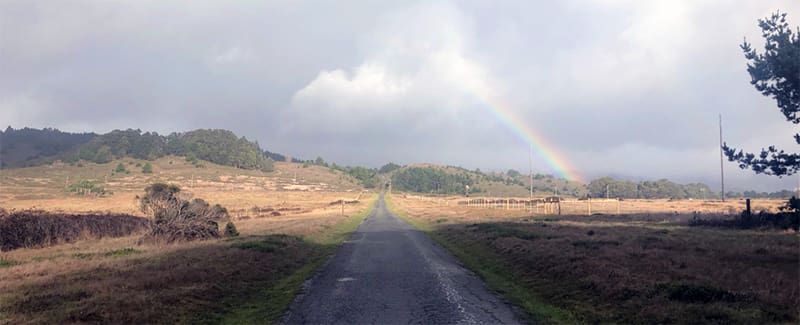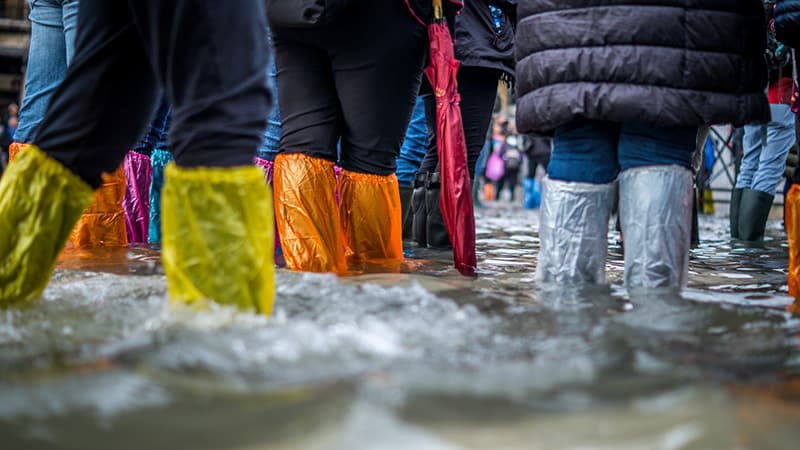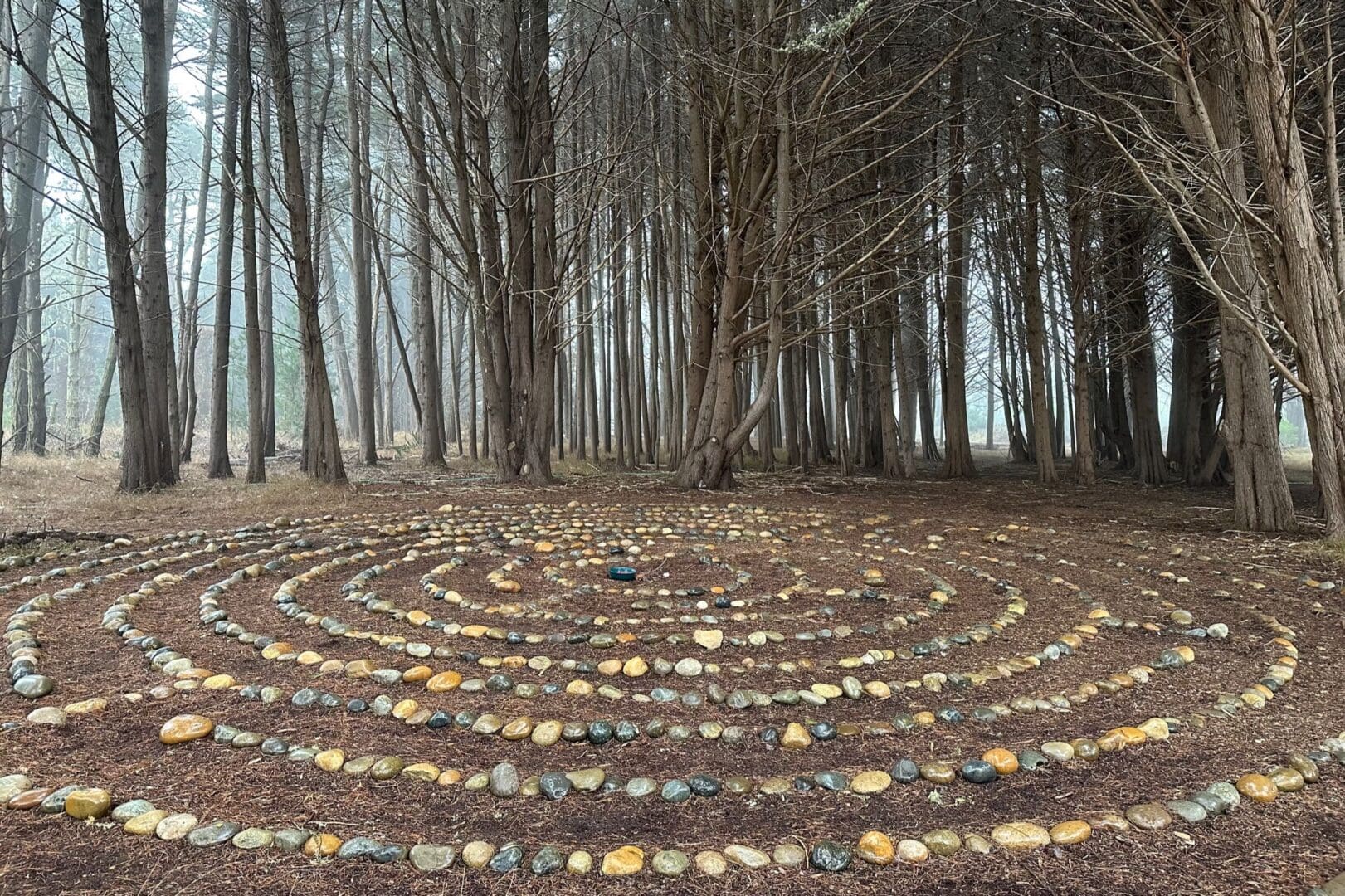 We founded Commonweal 44 years ago. Our vision was to support healing ourselves and healing the earth. We have worked toward that end ever since.
We founded Commonweal 44 years ago. Our vision was to support healing ourselves and healing the earth. We have worked toward that end ever since.
Healing differs from curing. A cure ends a disease. Healing is a movement toward wholeness. Healing can take place when we are recovering, or when we are living wounded, or even dying.
Our work with people with cancer now spans 34 years. It is all about healing while living wounded or dying. Now our healing circles work is moving around the world.
Our work on healing the earth began with regenerative agriculture in the Commonweal Garden.
We helped reform California fisheries laws. We have fought toxic chemicals globally.
We know we can’t be healthy people on a sick planet. We also know that a wound can also be an opening to a new consciousness—to deep forms of transformation.
We know such transformations of consciousness happen not only for people but for communities, countries and civilizations. They can go well or ill. But they happen.
****
Four years ago, we began work in a new way on the global polycrisis. We founded the Resilience Project, the Omega Collaborative, and the Omega Resilience Funders Network.
When we started this work, we met with skepticism. How could reimagining our work as situated in the polycrisis make a difference?
Then came COVID-19. The global pandemic with endless waves of repercussions. COVID-19 became a poster-child for the polycrisis. The greatest global crisis since World War II.
But it wasn’t just COVID. The weather itself was changing. The fire season has transformed life the Pacific Northwest. People began leaving California.
The same is happening around the world. Fire, droughts, floods, blazing heat, and freezing cold. Melting icebergs, rising seas. Freshwater scarcity. Nature bats last.
People who would have liked to stay put began asking where it was safe to live. What they could afford. Where they could find like-minded community.
****
Most of humanity has lived in acute emergencies like this for millennia. The destruction of people and planet have accelerated dramatically over the past century.
When lives and livelihoods are threatened, people don’t need to be told to seek safety. It’s a survival instinct. It is happening in different forms all over the world.
****
Concretely, we all face questions for our families about what personal resilience in the polycrisis means in our lives. Very personal questions.
Those questions depend on circumstances—the refugee seeking safety, the family with car packed ready to flee fire, or those privileged to ask where best to live.
****
We also realize our states, regions, and countries are in crisis—deeply divided on how to respond to what President Biden rightly spoke of in his inaugural address—”cascading crises.”
Echoing Biden, in April the National Intelligence Council issued its quadrennial “Global Forecast.” The Council said “cascading crises” are what the world faces ahead.
The Washington Post wrote:
U.S. intelligence officials have little comfort to offer a pandemic-weary planet about where the world is heading in the next 20 years. Short answer: It looks pretty bleak.
On Thursday, the National Intelligence Council, a center in the Office of the Director of National Intelligence that creates strategic forecasts and estimates, often based on material gathered by U.S. spy agencies, released its quadrennial “Global Trends” report.
Looking over the time horizon, it finds a world unsettled by the coronavirus pandemic, the ravages of climate change—which will propel mass migration—and a widening gap between what people demand from their leaders and what they can actually deliver.
The intelligence community has long warned policymakers and the public that pandemic disease could profoundly reshape global politics and U.S. national security. The authors of the report, which does not represent official U.S. policy, describe the pandemic as a preview of crises to come. It has been a globally destabilizing event—the council called it “the most significant, singular global disruption since World War II—that “has reminded the world of its fragility” and “shaken long-held assumptions” about how well governments and institutions could respond to a catastrophe.
At the same time, the pandemic accelerated and exacerbated social and economic fissures that had already emerged. And it underscored the risks from “more and cascading global challenges, ranging from disease to climate change to the disruptions from new technologies and financial crises,” the authors write.
In language that will resonate with just about anyone who has tread water in the past year, the authors write of a “looming disequilibrium between existing and future challenges and the ability of institutions and systems to respond.”
Within societies, fragmentation is increasing—political, cultural, economic—and “large segments of the global population are becoming wary of institutions and governments that they see as unwilling or unable to address their needs,” the report says.
****
It has taken only four years for the polycrisis to go from near invisibility to the highest councils of government.
****
If your eyes are open, you see these interactions everywhere. Weather. Hunger. Refugees. Injustice. Surveillance. Cyberattacks. Endless wars. Immense wealth and wretched poverty.
We live in the seventh extinction. A bottleneck of biodiversity. Only a portion of life will come through the bottleneck. Whether humans will or not—and in what form—is unknown.
We can’t stop the polycrisis. All our best efforts won’t end it. We may bend the curve toward a better world. We must do all we can. But we won’t stop it.
****
What can we do? Three things.
- We can resist the violence against people and planet with every strength we possess. We can fight on every front. Young people who see the polycrisis most clearly lead the fight.
- We can build resilience. We can widen the neck of the bottle—to bring as much biodiversity and humanity through this passage as possible.
- We can work for restoration at every level.
****
What does this require? It ultimately requires coming together as a planetary civilization. We must limit our endless struggles with each other—though we won’t end them.
That means new forms of global coordination and collaboration. I say this not in a starry-eyed way. It means the hard work of living together with all life on earth.
This will take many forms in different places. Africa, Asia, Australia, Europa, and North and South America—each continent will face its own version of this struggle.
The human tragedies will be—are already—immense. The toll on non-human life even greater. What we can rescue from this holocaust? That is the question.
****
We know life itself will survive. A new blooming of life will follow even if we disappear along with much of the richness of the creation we inherited.
If we survive, will we live in some unimaginable state of oppression, or in conscious community, or—as we do now—with some in islands of safety and many more in desperation?
****
These are the stakes. How we respond is the question. There will be no single response. Our situations and characters are far too varied.
Here is a global undertaking we must make together. We must end the war system. Defense spending sucks up resources we need. What if we could cut defense spending by half?
What would that require? In the United States, it would mean abandoning our desperate effort to sustain global hegemony—as the British had to do at the end of World War II.
It would mean turning those resources toward human and environmental needs in the most conscious way possible—no easy task. But achievable.
It would mean recognizing we live in a multi-polar world. We won’t agree with how other countries organize their affairs. But we must learn to live together.
****
Planetary healing can only grow from within us all. From within our hearts and minds outward. Consciousness must evolve. How we live. How we raise our children.
In the Bible, God got fed up with human hubris. He told Noah to build an ark and to save two of every kind of creature. He sent a flood. Then he set a rainbow covenant.
Perhaps our task now is launching millions of arks all around the world. Arks that will carry as much of humanity and as much of the creation as possible.
Arks that carry this emblem with them—Resistance. Resilience. And Restoration.
Perhaps we launch these arks under the rainbow sign. Perhaps their sails carry the rainbow sign. Signifying the beauty of our unity in our immeasurable diversity.
Personal and planetary healing are one. We knew that 44 years ago. That has been our work ever since. It may be your work as well. Let us find each other across the earth.
Love and prayers,
Michael



